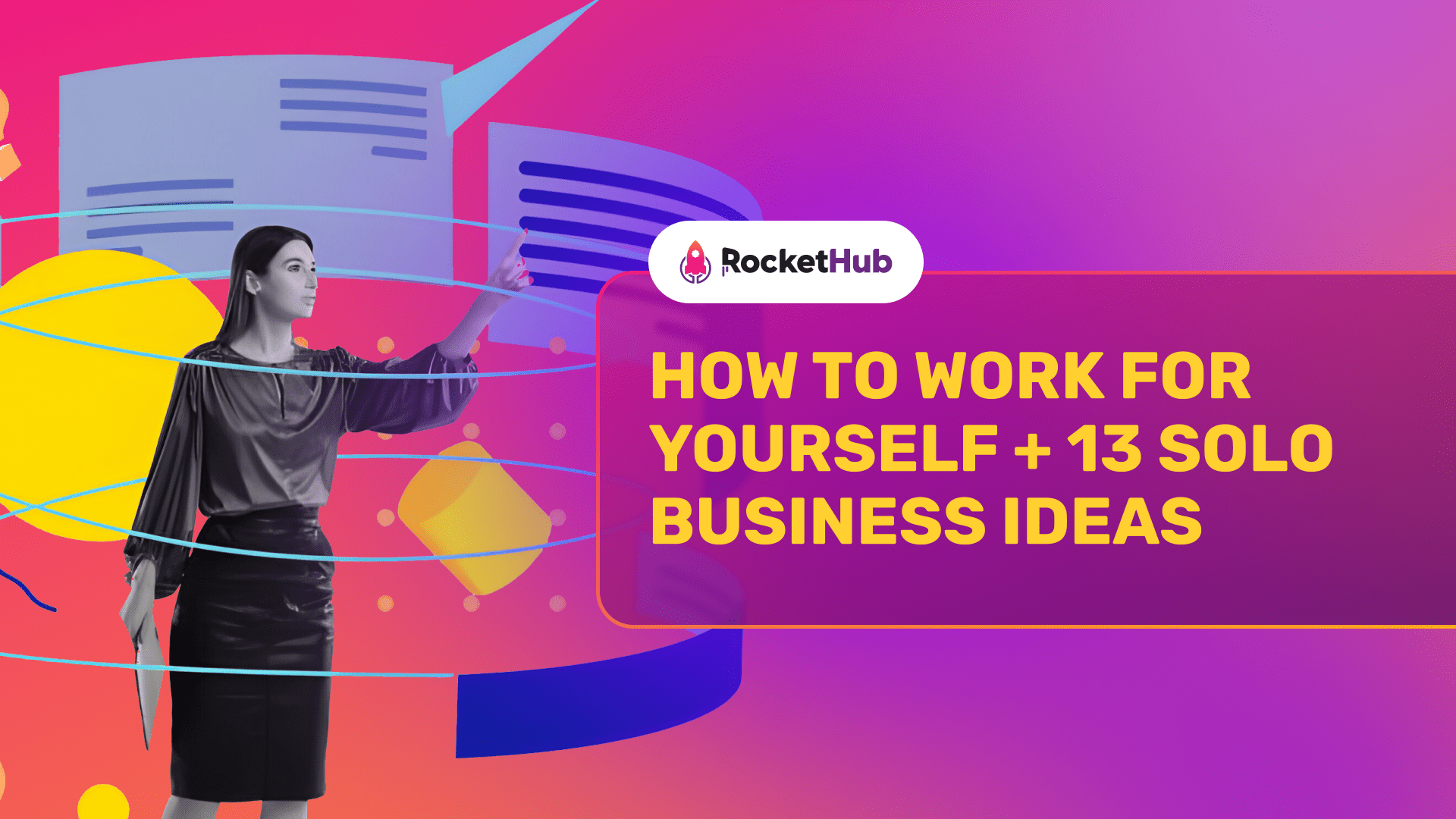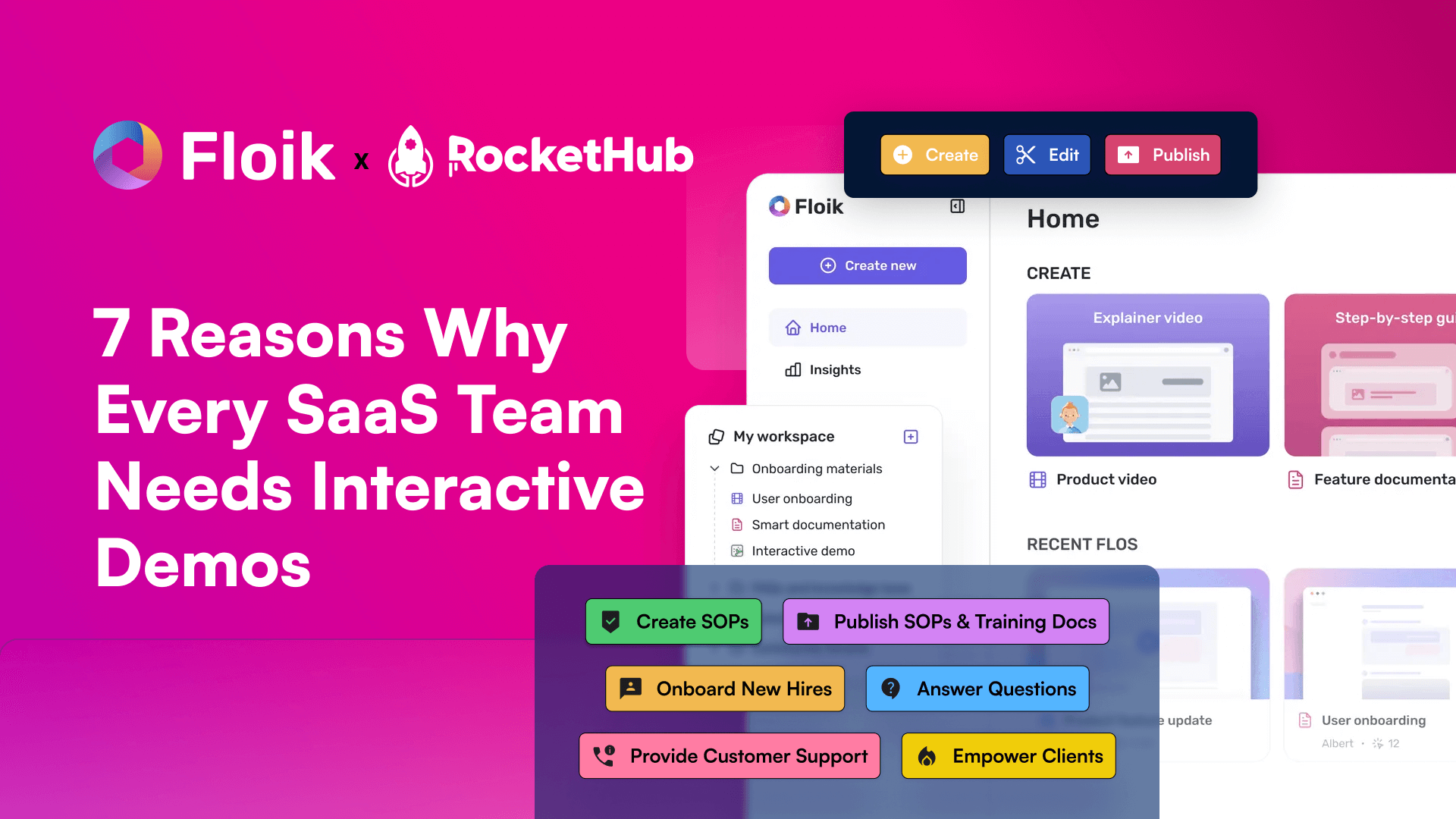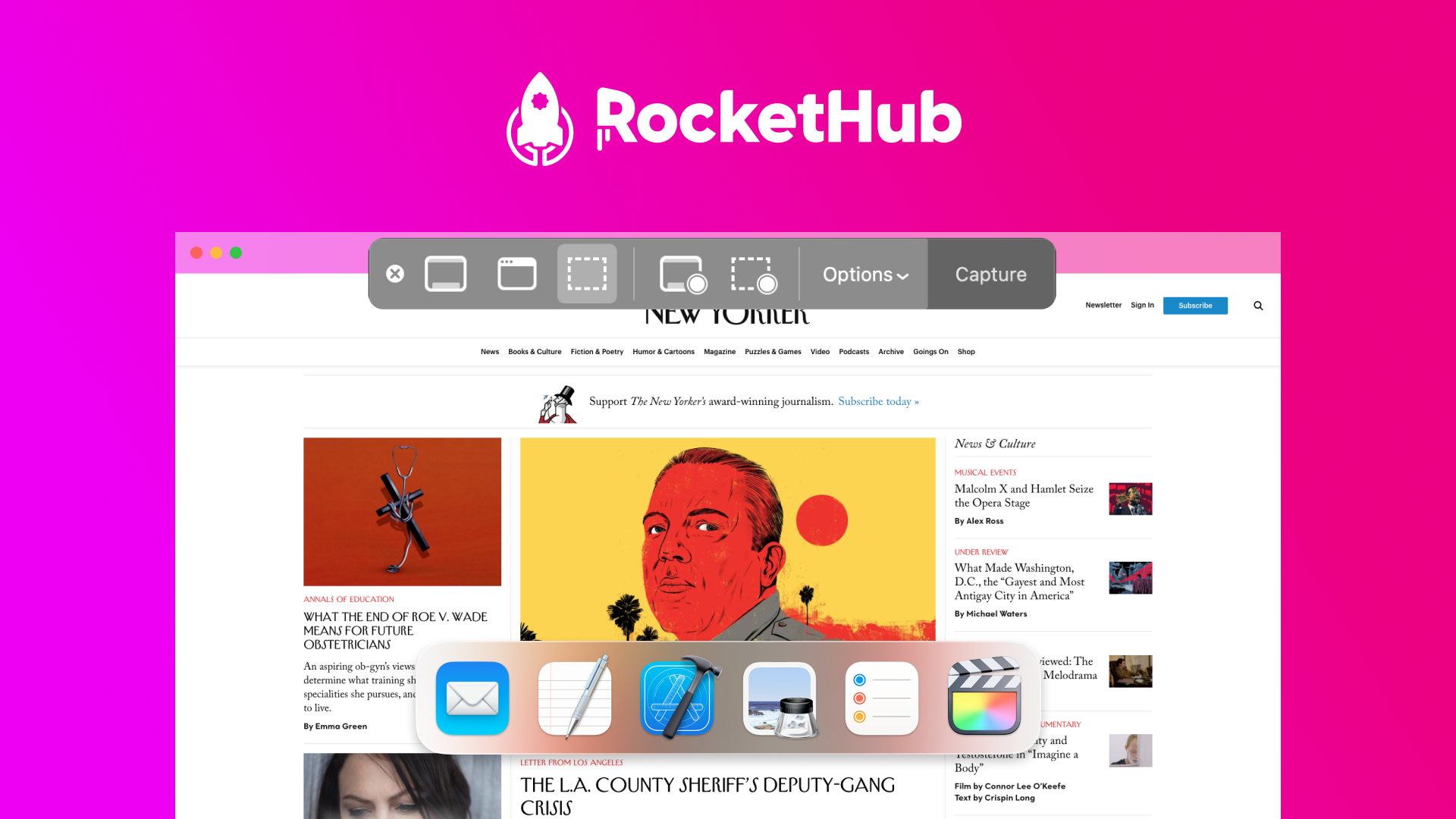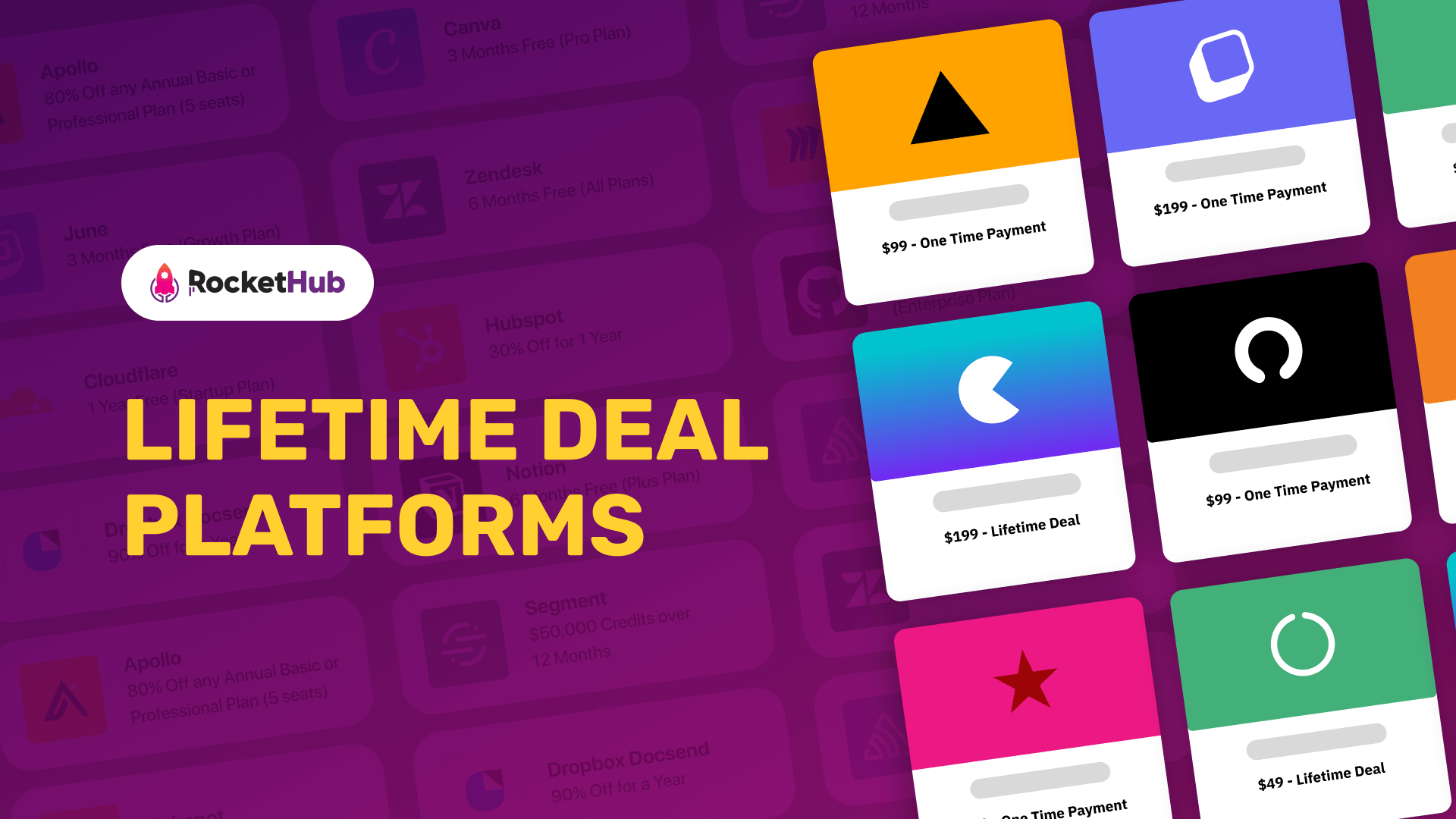
The Biggest SaaS Marketing Challenges and How to Solve Them
- RocketHub Team
- March 30, 2022
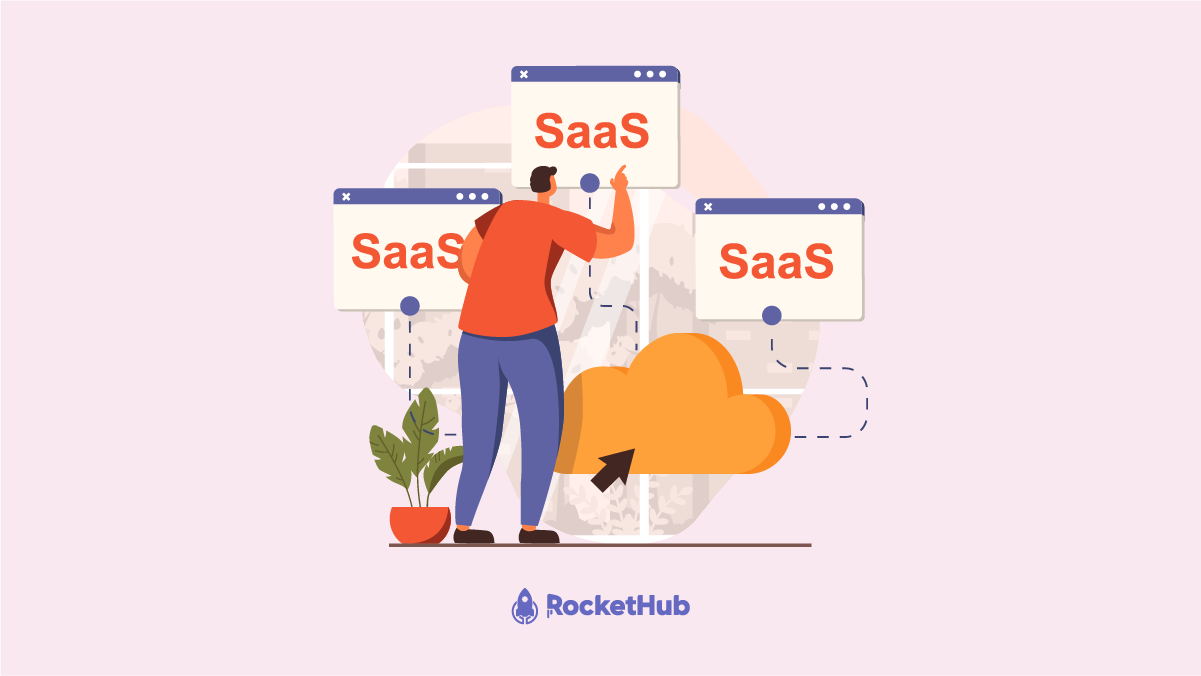
In terms of SaaS marketing challenges, oversaturation, software issues, clunky user interfaces, and lackluster UX are just some of the most common. There are high churn rates, low ROIs, and everything in between. SaaS companies inevitably face challenges, whether they are racing to market with a new offering, gaining a foothold and scaling, or firmly establishing and optimizing performance.
There are some SaaS companies that do not share the same growing difficulties or complications or even the same stressful factors. It’s possible that there are some common factors involved, but it’s more likely that the issues are very different. Even with these minor hiccups, most businesses will find a solution that works.
What Makes SaaS Marketing Different?
The idea of a SaaS business mastering this concept may seem backward at first, especially since you are on a brand blog looking for marketing guidance for SaaS products. However, using current research and experiences, this challenge is one of the most significant concepts for a SaaS company.
According to G2, there were already 34,727 SaaS products across 745 vertical industries by the middle of last year. By the end of this year, Gartner predicts an industry-wide growth rate of 17.3%, so what does this mean? As a matter of fact, the market is oversaturated almost everywhere, and if the current trends continue, things will only worsen.
SaaS Marketing’s Biggest Challenges
It doesn’t matter how cluttered a niche becomes. However, hundreds if not thousands of SaaS companies remain confident that their products not only meet a need but also edge the competition. While many of those businesses might know a problem that needs to be fixed, have the evidence to support it, and may even have a reasonable solution, none of that guarantees they understand why the problem occurs in the first place.
A customer might work their way down the funnel to purchase your integrated accounting software. They might discover that one of your calculators saves them a significant amount of time and the rest of it is only marginally useful. However, even though they saved time by coordinating between the software, some operations are taking much longer than normal because of the integration. Both situations could affect the fit of your offering and, consequently, their loyalty.
Poor Customer Acquisition Cost
As customers renew their subscriptions, SaaS subscription costs are recovered over time. Getting new customers remains a top priority for SaaS companies. Yet customer retention is the key to driving profits. Salesforce states that a 5% increase in customer retention can boost profits by up to 125%. With so many SaaS companies offering similar solutions, your customers can leave if they are dissatisfied with your services.
The good news is that there are a number of ways to prevent this from happening. There are a few ways to achieve this; by building products that add value, running marketing campaigns that educate, providing customized solutions, and engaging your customers. Excellent customer service makes a huge difference in reducing churn rates.
Customer Rate Optimization
CRO may seem confusing after reading this. CRO stands for conversion rate optimization. Essentially, it is a way to improve your website’s content and conversion rate. Basically, it is to get people to take action. Generally, marketing is geared towards generating more leads, improving site traffic, or positioning your brand and message in front of your target audience. While these are critical factors, they are only one part of the marketing puzzle. All of us have clicked through these media sites that do a wonderful job advertising themselves, only to find that we are not compelled to purchase the item.
Brands may suffer from this problem if they focus on external marketing rather than optimizing the user experience. The mere fact that your product has attracted an audience does not mean that they are ready to buy it. The truth is that only a small percentage of the people you attract will end up buying your brand or products. In other words, CRO is about improving that 33% by making immediate, metric-oriented changes to your site. This is a simple and powerful revenue-generating tactic that is often overlooked.
High Churn Rate
Generally, the churn rate measures the number of individuals or things leaving a collective group over time. A steady-state level of customers is considered to be one of two key factors that determine the success of a business. As a result, a high churn rate means that a business is losing significant customers, a value far greater than what it is gaining. There may be a wide range of negative reasons why the business is losing customers very quickly, such as poor customer service, delivering a poor product, or simply delivering a poor product.
The good news is that there are a few different ways to get rid of this! Give customers more control to keep them around for a longer period by giving them more power. Take the vitamin subscription model, for instance. If a customer receives vitamins too frequently, they may pause the subscription until they catch up if there is no easy way to do so. Another customer might cancel their subscriptions before they leave on vacation if there is no way to temporarily pause them until they return. Considering this, the merchant should find a convenient way to fix these issues so that the customer doesn’t have to suffer difficulties in getting their specific needs met. Take the time to get to know the customer. A key component of personalization is leveraging first-party data to reduce subscription churn.
Marketplaces such as Amazon offer many benefits to merchants, but the third-party data from these channels can leave them wondering about their customers’ needs. If a monthly subscription box is offered by an eCommerce platform, the reporting dashboard may reveal a high churn rate three months after the subscriber signs up. For your customers to keep subscribing, it’s a good idea to give them the option of changing what they receive or to email out promotional deals.
The Solution to SaaS Marketing Challenges
There is an old saying that says every problem has a solution. Following careful research, we have developed a list of solutions to avoid the above-mentioned problems.
Increase the Perceived Value or Make the Onboarding Process More Efficient
SaaS companies have a lower contract value per client. A large part of the reward associated with long sales cycles for traditional B2B software companies is the significant value they receive upon onboarding a new client. SaaS companies that employ the same techniques used for selling on-premises software will have a challenging time becoming profitable. Instead, SaaS companies should look into B2C marketing, so that they can bring in large numbers of lower-value customers.
Inbound marketing is the preferred method for accomplishing this since it relies on employing marketing strategies that lead customers to make their own decision to buy your product. Another challenge is the marketing of SaaS, since if the SaaS marketer doesn’t have a strategy to generate leads, then time, money, and effort will be wasted.
Low Customer Lifetime Value
As part of a customer experience program, the customer lifetime value (CLV) is one of the key metrics to track. CLV is a way to measure how valuable a customer is to your business, not just for purchase but throughout the relationship. Over the course of a business’s relationship with a customer, the lifetime value of that customer is calculated. Keeping your existing customers is more cost-effective than acquiring new ones, so it’s an imperative metric.
Enhancing the value of your existing customers is one of the most effective ways to grow your business. Consider starting a loyalty program, rewarding your best customers, and using social media to improve your CLV.
Examine the Market and Provide Pricing Strategy
How does a pricing strategy work? When selling a product or service, businesses can use a variety of pricing strategies. Senior executives need to determine a company’s pricing position, pricing segment, pricing capability, and competitive pricing reaction strategy in order to determine the most effective pricing strategy. Different companies have different pricing strategies and tactics, as well as differences across countries, cultures, industries, and overtime as industries and markets mature and the economic climate changes.
What is the right way to do that? Start by calculating your costs. When you arrive at a final figure, always factor in the costs of production, as well as your overheads. Remember to calculate goods and service taxes as well, such as manufacturing costs, your business marketplace, your competitors, the market conditions, brands, and the quality of your product. This will help you define your pricing objectives.
Understanding your pricing objectives as a key consideration is crucial. However, there are many other factors that will influence your decision, such as your market position, your competition, and your ability to grow or meet demand. When developing your pricing objectives, it is critical to keep your marketing and business goals in mind so that they complement one another. Establishing your pricing objectives early and staying competitive while increasing demand may help you determine a few options for positioning, remaining competitive, and increasing demand.
Change Intolerance
Software-as-a-Service (SaaS) applications are increasingly used by businesses today, as they are delivered over the web. Now, instead of having onsite servers and expensive proprietary software licenses, any business unit with a credit card can access SaaS services hosted in the cloud. This is for a fraction of the cost and with no setup headaches. SaaS integrations are not always as straightforward as flipping a switch or, in this case, swiping a credit card. Although that’s the ultimate hope, companies face a steep learning curve in navigating the API highway and finding the fastest solutions for integrating SaaS.
SaaS APIs are viewed as the magic solution for cross-connecting software services, but that is not the case. In reality, they are typically proprietary, long, and complicated. Ultimately, companies must learn what it takes to effectively leverage SaaS platforms in a way that increases their bottom line. It takes highly skilled technicians and consulting firms to integrate existing IT structures with SaaS. Even when done right, it is expensive. When done wrong, the consequences can be severe.
Insufficient integration planning could result in siloed apps that don’t communicate with each other, counteracting the benefits of SaaS. This could have devastating consequences for a business. It is crucial that companies calculate the cost and use methods and tools that are reliable and vetted. In recent years, integration-as-a-service (IaaS) has become increasingly popular due to its cost-effective approach to solving the integration conundrum.
Community Roadmap to Increase Transparency
No matter where you are in the world, you can sell it to anyone. However, would they feel the same about your software or app if they’re living in London, Osaka, or the US? That’s hard to say. In order for your company to grow in another country apart from yours, you’d have to deal with issues such as legalities, languages, different cultures, and ways of doing things that would impact your growth.
Most SaaS startups face internationalization challenges at some point. Channel distribution is one way to expand globally. Having a distribution partner in your target market will help you gain access to the international market, outsourcing your marketing, global channel engagement, sales support, and channel enablement.
Conclusion
Simply adopting a business model won’t guarantee your success. SaaS businesses receive a lot of challenges, so it is important that you are prepared to deal with them.
Share This Post
RocketHub Team
The launch crew at RocketHub writes about startup and SaaS growth. Be a fellow Rocketeer and show some love by commenting below with your thoughts on our content.
Table of Contents
Get The Latest Updates
Subscribe To Our Weekly Newsletter
Sign up below to be one of the first crew members onboard and get early access to amazing deals.
Recent Posts


Social Media
Categories
Related Posts
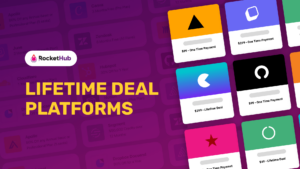
Lifetime Deal Platforms
The best lifetime deal platforms for software. Platforms lik RocketHub scour the web for the highest quality products to bring buyers the best lifetime deals on their platform.
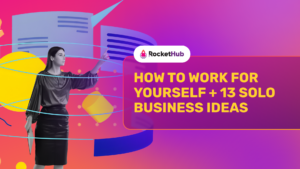
How to Work for Yourself + 13 Solo Business Ideas
Do you ever wonder if being your own boss could truly set you free? In this article, we’ll explore the theory that unleashing entrepreneurial freedom
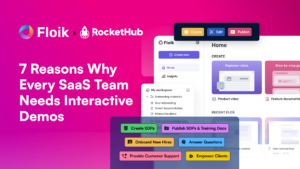
7 Reasons Why Every SaaS Team Needs Interactive Demos
Making a Case for Interactive Demos: 7 Reasons Why Every SaaS Team Needs Them Let me paint a scenario for you. You want to buy
